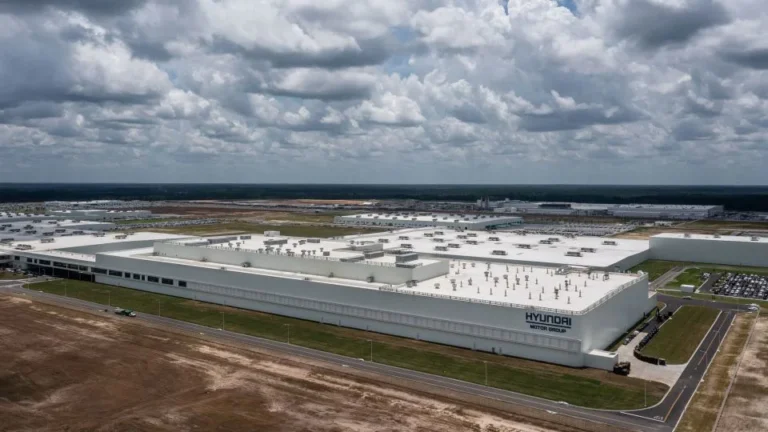Viral Post Slams Kentucky’s Urban Schools, Ignites Debate Over Education and Partisan Divides
KENTUCKY — A recent viral post has reignited political tensions in the Bluegrass State by calling out public schools in Louisville and Lexington, labeling them “bad” and urging people to “move away from Democrat strongholds.”
The post, which has drawn thousands of reactions, points to Jefferson County (Louisville) and Fayette County (Lexington) as outliers in an otherwise Republican-voting state.
“All of these schools are s***… Of the 120 counties in Kentucky, all of them are red except for two,” the post reads, urging followers to avoid Kentucky’s two largest cities.
While the post leans heavily into political commentary, it raises deeper questions about urban education quality, political polarization, and the role of cities in shaping state-wide outcomes.
Partisan Geography in Kentucky
The political claims are partly grounded in electoral data. In recent statewide elections, Kentucky has leaned strongly Republican — with 118 of 120 counties voting red in federal races like the 2020 presidential election.
The only consistent blue counties? Jefferson (Louisville) and Fayette (Lexington) — both population-dense, urban centers with large public school systems, diverse demographics, and long-standing Democratic governance.
How Do Louisville and Lexington Schools Actually Perform?
Despite sharp criticism, education experts caution against blanket claims about school quality based on location or political affiliation.
- Jefferson County Public Schools (JCPS), Kentucky’s largest district, has faced challenges with overcrowding, staffing shortages, and graduation gaps — but also maintains several magnet and high-achieving schools like duPont Manual and Atherton High School.
- Fayette County Public Schools in Lexington consistently performs above the state average in several categories, including ACT scores and college readiness.
However, both districts also grapple with funding disparities, achievement gaps among racial and economic lines, and complex student needs tied to urban poverty.
Urban vs. Rural: A Broader American Divide
The post’s call to “move away from Democrat strongholds” reflects a growing national trend of political polarization between urban and rural areas — especially in red states like Kentucky, Tennessee, and Missouri.
Experts say this divide is less about education and more about broader socioeconomic realities:
- Urban areas often attract more diverse, lower-income, and immigrant populations, which leads to more complex public service needs.
- Rural areas, while politically cohesive, face their own crises: school closures, teacher shortages, and economic stagnation tied to population decline.
“When people slam urban schools, they ignore the fact that those districts are serving more students with fewer resources and greater barriers,” said one Kentucky-based education policy advocate.
What’s Really at Stake?
Instead of framing the issue as “red vs. blue,” education experts urge communities to focus on root causes:
- Underfunding across all districts
- Teacher attrition and burnout
- Access to special education and behavioral support
- Political interference in curriculum and administration
While Kentucky’s education challenges are real, blaming cities alone ignores the broader structural issues facing both rural and urban schools across America.
Do you think urban school districts are being unfairly criticized, or are there deeper accountability problems? Join the conversation at SaludaStandard-Sentinel.com.







